Home>Furniture & Design>Interior Design Trends>What Is Glass Fusing
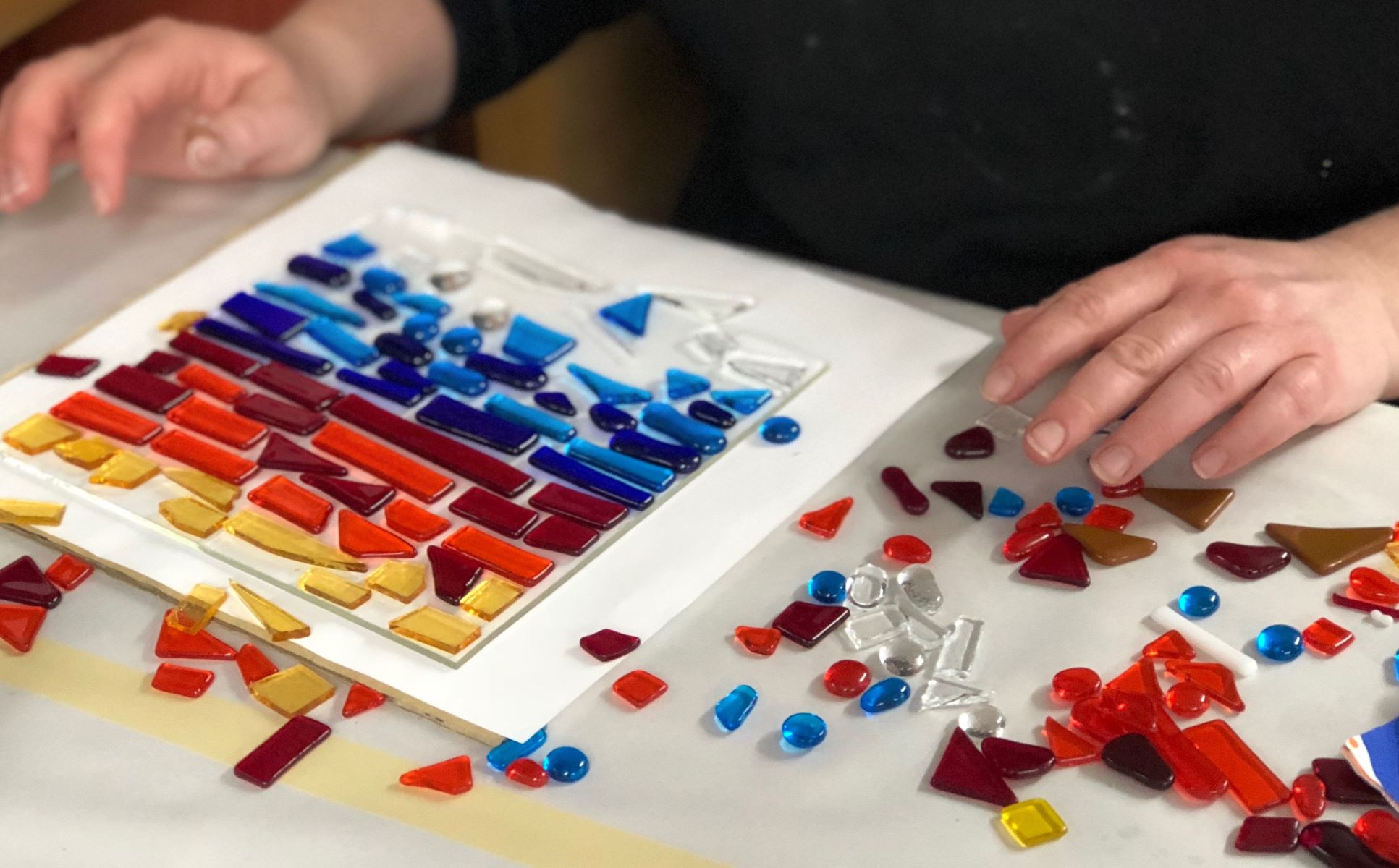

Interior Design Trends
What Is Glass Fusing
Modified: October 18, 2024
Discover the latest interior design trend of glass fusing and learn how it can elevate your space. Explore the art and technique behind this innovative trend.
(Many of the links in this article redirect to a specific reviewed product. Your purchase of these products through affiliate links helps to generate commission for Storables.com, at no extra cost. Learn more)
Introduction
Glass fusing is a captivating art form that has been gaining popularity in recent years. This unique and versatile craft involves melting and fusing different pieces of glass together to create stunning and intricate designs. From decorative art pieces to functional items such as jewelry and dishware, glass fusing offers a wide range of creative possibilities.
The allure of glass fusing lies in its ability to transform ordinary pieces of glass into extraordinary works of art. By harnessing the power of heat, artists and enthusiasts can manipulate the properties of glass, allowing it to bend, fuse, and form into beautiful shapes and patterns. The process of glass fusing is both technical and artistic, requiring a delicate balance of precision and creativity.
As a form of artistic expression, glass fusing allows individuals to explore their creativity and experiment with different colors, textures, and shapes. Whether it's creating a vibrant mosaic, a delicate pendant, or a functional platter, the possibilities are endless. The art of glass fusing also provides a sense of satisfaction and accomplishment as artists witness the transformation of raw materials into unique and visually stunning pieces.
Furthermore, the appeal of glass fusing extends beyond the artistic realm. This craft has found its way into interior design, architecture, and even fashion, adding a touch of elegance and sophistication to various spaces and products. The versatility of glass fusing makes it a valuable asset for designers and artisans looking to incorporate distinctive elements into their creations.
In the following sections, we will delve deeper into the history, process, techniques, and applications of glass fusing, providing a comprehensive overview of this captivating art form. Whether you are a seasoned glass artist or a curious beginner, this exploration of glass fusing will offer valuable insights and inspiration for your creative journey.
Key Takeaways:
- Glass fusing is an ancient art form that involves melting and fusing different pieces of glass together to create stunning designs, offering a wide range of creative possibilities for artists and enthusiasts.
- The art of glass fusing has a rich historical legacy and diverse applications in interior design, architecture, fashion, and more, showcasing its enduring relevance and adaptability in the modern creative landscape.
Read more: How To Make Fused Glass
History of Glass Fusing
The history of glass fusing dates back thousands of years, with evidence of its practice found in various ancient civilizations. One of the earliest known forms of glass fusing can be traced to the ancient Egyptians, who utilized this technique to create intricate glass jewelry and decorative objects. The art of glass fusing continued to evolve, spreading across different regions and cultures, each contributing unique styles and methods to the craft.
During the Roman Empire, glass fusing gained prominence as artisans developed advanced techniques for creating elaborate mosaics and ornate glassware. The fusion of colored glass pieces to form intricate patterns and designs became a hallmark of Roman glass fusing, showcasing the artistic and technical prowess of the craftsmen of that era.
In the medieval period, the art of glass fusing flourished in the Middle East, particularly in regions such as Syria and Egypt. Skilled artisans honed their expertise in creating stunning glass lamps, vessels, and decorative objects using a combination of fusing and glassblowing techniques. The intricate patterns and vibrant colors of these artifacts reflected the rich cultural influences of the time.
The Renaissance era witnessed a resurgence of interest in glass fusing, with Italian artisans pioneering new methods and designs. The renowned technique of "millefiori," which involves fusing together multiple colored glass rods to create intricate patterns, became synonymous with Venetian glass fusing, showcasing the technical precision and artistic ingenuity of the craftsmen.
In more recent history, the 20th century saw a revival of interest in glass fusing as artists and designers sought to push the boundaries of the medium. Experimentation with new types of glass, innovative firing techniques, and the integration of glass fusing into contemporary art and design further propelled its evolution.
Today, glass fusing continues to captivate artists, designers, and enthusiasts around the world, with modern practitioners drawing inspiration from the rich historical legacy of the craft while exploring new possibilities with advanced technologies and materials. The history of glass fusing stands as a testament to the enduring allure and adaptability of this ancient art form, which continues to inspire and enthrall with its timeless beauty and creative potential.
The Process of Glass Fusing
The process of glass fusing involves the meticulous art of melting and bonding pieces of glass together to create unique and visually captivating compositions. This intricate craft requires a delicate balance of technical expertise and artistic vision, as the manipulation of heat and glass properties plays a pivotal role in achieving desired results.
The first step in glass fusing begins with selecting compatible glass pieces, which are then arranged to form a desired design or pattern. These glass elements can vary in color, texture, and shape, allowing artists to experiment with a diverse range of visual possibilities. Once the arrangement is finalized, the glass pieces are carefully cleaned to ensure a pristine surface for the fusing process.
Subsequently, the prepared glass assembly is placed in a kiln, where it undergoes a series of heating and cooling cycles. The temperature and duration of the firing process are crucial factors that determine the outcome of the fused glass artwork. As the kiln heats up, the glass pieces gradually soften and fuse together, creating a seamless bond while retaining their individual characteristics.
During the firing process, the glass undergoes a transformation, as it reaches a state of fluidity where it can flow and merge with adjacent pieces. This molten stage allows for the formation of smooth edges, intricate patterns, and captivating color blends, adding depth and dimension to the fused glass composition. As the kiln gradually cools down, the fused glass artwork solidifies, preserving the intricacies of the design and the vibrant interplay of colors.
The cooling phase is a critical aspect of the fusing process, as it ensures that the glass cools down gradually to prevent thermal stress and potential breakage. This controlled cooling period also contributes to the development of desired textures and surface finishes, enhancing the visual and tactile appeal of the fused glass artwork.
Once the kiln reaches room temperature, the fused glass creation is carefully removed, revealing the culmination of the fusing process. The resulting artwork showcases the harmonious fusion of individual glass elements, encapsulating the artist's vision and creativity in a captivating and enduring form.
The process of glass fusing exemplifies the intricate interplay of artistry and technical precision, offering a mesmerizing journey of transformation as raw materials evolve into stunning works of fused glass art. This fusion of creativity and craftsmanship continues to inspire artists and enthusiasts, driving the exploration of new techniques and innovative expressions within the realm of glass fusing.
Types of Glass Used in Fusing
Glass fusing encompasses a diverse array of glass types, each offering unique characteristics and creative possibilities for artists and enthusiasts. Understanding the different types of glass used in fusing is essential for achieving desired aesthetic effects and ensuring compatibility during the fusing process.
-
Fusible Glass: Also known as "compatibility-tested" glass, fusible glass is specifically formulated for use in glass fusing. This type of glass is engineered to expand and contract uniformly during the heating and cooling cycles of the fusing process, minimizing the risk of cracking or breaking. Fusible glass comes in a variety of colors, opacities, and textures, providing artists with a broad palette to express their artistic vision.
-
Dichroic Glass: Renowned for its mesmerizing iridescent quality, dichroic glass is a popular choice for adding depth and visual intrigue to fused glass creations. This specialized glass contains multiple micro-layers of metal oxides, which interact with light to produce stunning color shifts and reflective effects. Dichroic glass is often used as an accent or focal point in fused glass jewelry, art pieces, and decorative objects, creating captivating plays of light and color.
-
Art Glass: Art glass encompasses a wide spectrum of handmade and specialty glass, including transparent, opalescent, and streaky varieties. Art glass is prized for its rich, vibrant colors and dynamic visual textures, making it an ideal choice for creating bold and expressive fused glass compositions. Artists often incorporate art glass as a focal element or use it to add striking accents and details to their fused glass artwork.
-
Stringer and Frit: In addition to sheet glass, glass fusing also involves the use of stringer and frit, which are finely textured glass components that offer intricate design possibilities. Stringer consists of thin, elongated rods of glass, while frit comprises small granules or powdered glass. These elements can be strategically arranged and fused into the base glass to create delicate lines, patterns, and surface embellishments, adding a layer of intricacy and detail to fused glass designs.
-
Reactive Glass: Reactive glass, also known as "striking" glass, undergoes intriguing color transformations when subjected to specific heat and atmospheric conditions during the fusing process. This type of glass contains metallic or reactive components that produce dramatic color shifts and interactions, resulting in visually captivating effects. Artists often utilize reactive glass to introduce dynamic and unpredictable elements into their fused glass creations, adding an element of surprise and complexity to the artwork.
By leveraging the diverse characteristics of these glass types, artists and enthusiasts can explore a myriad of creative avenues within the realm of glass fusing. Whether aiming to achieve vibrant color combinations, captivating visual effects, or intricate surface details, the selection of glass types plays a pivotal role in shaping the artistic expression and aesthetic impact of fused glass artwork.
Tools and Equipment for Glass Fusing
Glass fusing, as a meticulous and captivating art form, requires a specialized set of tools and equipment to facilitate the intricate process of transforming raw glass materials into stunning fused glass artwork. From cutting and shaping glass to controlling the firing process, the following tools and equipment are essential for artists and enthusiasts engaged in the craft of glass fusing.
Read more: What Does A Blown Glass Fuse Look Like
Glass Cutter and Cutting Tools
A high-quality glass cutter is a fundamental tool for creating precise and clean cuts in glass sheets, allowing artists to shape and manipulate the glass according to their design requirements. Additionally, cutting tools such as glass nippers and running pliers enable artists to further refine and shape the glass pieces, facilitating the creation of intricate patterns and detailed compositions.
Kiln
The kiln serves as the primary heat source for the glass fusing process, providing controlled temperatures necessary for melting and fusing the glass pieces. Kilns designed for glass fusing are equipped with programmable temperature controllers, allowing artists to execute specific firing schedules tailored to their artistic vision. Kilns come in various sizes and configurations, accommodating the diverse needs of glass fusing projects, from small jewelry pieces to large-scale art installations.
Kiln Shelf and Posts
To support the glass assembly during the firing process, kiln shelves and posts are utilized to create a stable platform within the kiln. Kiln shelves, made of durable refractory materials, provide a flat surface for arranging the glass pieces, while posts elevate the shelves, allowing heat to circulate evenly around the glass assembly. Proper placement of kiln shelves and posts is crucial for achieving uniform heating and preventing undesirable thermal differentials in the fused glass artwork.
Safety Gear
Given the high temperatures involved in glass fusing, safety gear such as heat-resistant gloves, eye protection, and aprons are essential for ensuring the well-being of artists and practitioners. Heat-resistant gloves offer protection when handling hot glass or kiln accessories, while eye protection safeguards against potential hazards during glass cutting and handling. Additionally, aprons provide an added layer of protection against heat and glass particles, ensuring a safe and secure working environment.
Read more: What Is A Stop Lamp Fuse
Glass Grinder
A glass grinder is a valuable tool for refining and smoothing the edges of glass pieces, allowing artists to achieve precise fits and seamless joins in their fused glass compositions. By utilizing a grinder, artists can enhance the overall finish of their artwork, ensuring that the fused glass edges are smooth and free from sharp or uneven surfaces.
Miscellaneous Tools
Various additional tools, including glass brushes for cleaning, glassline pens for detailed designs, and specialized molds for shaping glass, contribute to the versatility and precision of the glass fusing process. These tools enable artists to explore diverse techniques and creative possibilities, enhancing the depth and complexity of their fused glass artwork.
By leveraging these essential tools and equipment, artists and enthusiasts can embark on a journey of artistic exploration and expression within the realm of glass fusing. The seamless integration of technical precision and creative vision, facilitated by these specialized tools, empowers practitioners to bring their artistic concepts to life through the transformative medium of fused glass art.
Techniques and Methods for Glass Fusing
Glass fusing encompasses a diverse range of techniques and methods that enable artists and enthusiasts to explore the boundless creative potential of this captivating art form. From basic fusing processes to advanced surface embellishments, the following techniques and methods form the foundation of artistic expression within the realm of glass fusing.
Full Fuse
The full fuse technique involves heating the glass pieces to a high enough temperature to completely melt and fuse together, resulting in a smooth and flat surface. This method is commonly used for creating functional items such as plates, bowls, and tiles, where a seamless and uniform finish is desired. By carefully controlling the heating and cooling cycles, artists can achieve precise full fuse results, ensuring the structural integrity and visual appeal of the fused glass artwork.
Read more: Where Is HVAC Fuse Located
Tack Fuse
Tack fusing, also known as contour fusing, involves heating the glass pieces to a lower temperature, allowing them to partially fuse and retain their individual textures and shapes. This technique is often employed to create dimensional and textured effects, as well as to fuse multiple layers of glass together. Tack fused elements can be further embellished with additional glass components or surface treatments, adding depth and complexity to the fused glass composition.
Slumping
Slumping is a technique used to shape fused glass pieces by placing them over or into a mold and heating them until they conform to the mold's contours. This method allows artists to create curved or molded forms, adding a sculptural dimension to the fused glass artwork. Slumping techniques offer a versatile approach to shaping fused glass, enabling the creation of functional objects such as vases, dishes, and decorative accents with distinctive forms and profiles.
Kiln Carving
Kiln carving involves strategically placing refractory materials, such as fiber paper or fiberboard, on the glass surface before firing. As the glass heats up, the refractory materials create impressions and textures on the glass, resulting in intricate patterns and relief designs. Kiln carving techniques offer a dynamic way to introduce depth and visual interest to fused glass compositions, allowing artists to experiment with negative space and surface embellishments.
Inclusions and Embellishments
Incorporating inclusions and embellishments, such as metal foils, wire, and glass components, into the fused glass assembly adds a layer of visual and textural complexity to the artwork. These elements can create striking contrasts, reflective accents, and intricate details within the fused glass composition, enhancing its overall aesthetic impact. By strategically integrating inclusions and embellishments, artists can infuse their fused glass creations with a sense of depth and visual intrigue.
Pattern Bars and Murrine
Pattern bars and murrine involve creating intricate glass rods or canes by layering and fusing together multiple glass components. These composite elements are then sliced to reveal intricate patterns and designs, which can be incorporated into fused glass compositions. Pattern bars and murrine offer a unique approach to introducing complex patterns and visual motifs into fused glass artwork, allowing artists to explore geometric precision and intricate detailing.
By mastering these techniques and methods, artists and enthusiasts can unlock a world of creative possibilities within the realm of glass fusing. The seamless integration of technical expertise and artistic vision empowers practitioners to push the boundaries of the medium, creating captivating and visually stunning fused glass artwork that reflects the depth of their creative expression.
Safety Precautions for Glass Fusing
Ensuring safety is paramount when engaging in the art of glass fusing, given the high temperatures and potential hazards involved in the process. Implementing proper safety precautions not only safeguards the well-being of artists and practitioners but also contributes to a secure and controlled working environment conducive to artistic expression. The following safety measures are essential for mitigating risks and promoting a safe glass fusing practice.
Ventilation and Air Quality
Maintaining adequate ventilation in the glass fusing workspace is crucial for dissipating fumes and airborne particles generated during the firing process. Kilns emit gases and by-products as they heat up, and proper ventilation helps prevent the accumulation of potentially harmful substances. Additionally, ensuring good air quality by using ventilation systems or working in well-ventilated areas reduces the risk of inhaling hazardous fumes, promoting a healthier and safer working environment.
Personal Protective Equipment
Wearing appropriate personal protective equipment (PPE) is essential for minimizing the risk of injuries and exposure to heat and glass particles. Heat-resistant gloves provide protection when handling hot glass or kiln accessories, while safety glasses shield the eyes from potential hazards during glass cutting and handling. Additionally, wearing an apron offers added protection against heat and glass particles, ensuring that artists can work with confidence and security.
Read more: Where Is The Fuse For The Air Conditioner
Kiln Safety and Maintenance
Regular inspection and maintenance of the kiln are critical for ensuring its safe and efficient operation. Checking for any signs of wear, damage, or malfunction in the kiln's components, such as heating elements, thermocouples, and controllers, helps prevent potential hazards and ensures consistent firing performance. Following manufacturer guidelines for kiln operation and maintenance, including proper electrical connections and kiln placement, further enhances safety and minimizes the risk of accidents.
Handling and Storage of Glass Materials
Proper handling and storage of glass materials contribute to a safe and organized workspace. Storing glass sheets and components in designated areas, away from high-traffic zones, reduces the risk of accidental breakage and injuries. Additionally, using appropriate handling techniques, such as supporting glass sheets with both hands and wearing cut-resistant gloves when necessary, minimizes the risk of cuts and injuries during glass cutting and manipulation.
Emergency Preparedness
Being prepared for potential emergencies, such as kiln malfunctions or accidents, is essential for ensuring the safety of individuals engaged in glass fusing. Maintaining accessible fire extinguishers, first-aid kits, and emergency contact information in the workspace enables prompt response to unforeseen situations. Additionally, having clear evacuation procedures and communication protocols in place enhances overall safety and preparedness.
By adhering to these safety precautions, artists and practitioners can create a secure and controlled environment for exploring the art of glass fusing. Prioritizing safety not only protects individuals from potential hazards but also fosters a conducive and empowering space for artistic expression and creative exploration within the realm of fused glass artwork.
Applications of Glass Fusing
Glass fusing offers a myriad of applications across various artistic, functional, and decorative domains, showcasing its versatility and adaptability as a creative medium. From intricate art pieces to architectural installations, the applications of glass fusing span a diverse spectrum, each highlighting the captivating potential of this ancient craft in contemporary contexts.
Read more: How To Replace Fuse In Extension Cord
Artistic Expressions
In the realm of artistic expression, glass fusing serves as a dynamic platform for artists to unleash their creativity and bring their visions to life. Fused glass artwork, ranging from vibrant wall panels and sculptures to delicate jewelry and ornaments, embodies the fusion of technical mastery and artistic ingenuity. The interplay of colors, textures, and forms in fused glass compositions allows artists to convey emotions, narratives, and abstract concepts, creating visually captivating and thought-provoking pieces that resonate with audiences.
Interior Design and Decor
Glass fusing has found its place as a distinctive element in interior design, offering designers and architects a versatile medium to enhance spaces with elegance and sophistication. Fused glass tiles, backsplashes, and countertops infuse interiors with luminous accents and bespoke designs, adding a touch of luxury and individuality to residential and commercial settings. The interplay of light and color in fused glass installations creates a dynamic visual impact, transforming interiors into immersive and enchanting environments.
Functional Art and Tableware
The fusion of artistic expression and functionality is exemplified in the realm of functional art and tableware, where fused glass pieces serve as both utilitarian objects and aesthetic statements. Fused glass platters, bowls, and serving dishes elevate dining experiences with their unique textures and vibrant hues, adding a touch of artistry to everyday rituals. The seamless integration of form and function in fused glass tableware showcases the harmonious balance between practicality and artistic allure.
Architectural Installations
Glass fusing extends its influence to architectural applications, where large-scale installations and public artworks harness the transformative power of fused glass. From monumental glass murals and facades to immersive glass sculptures, architectural glass fusing transcends traditional boundaries, redefining spatial experiences and engaging viewers with its captivating presence. The interplay of natural light and the translucency of fused glass creates a dynamic interplay of shadows and reflections, animating architectural spaces with a sense of wonder and enchantment.
Read more: How Does A Fuse Protect A Toaster
Fashion and Wearable Art
In the realm of fashion and wearable art, glass fusing offers a unique avenue for designers and artisans to craft distinctive jewelry, accessories, and adornments. Dichroic glass pendants, earrings, and brooches showcase the mesmerizing interplay of light and color, becoming wearable expressions of individuality and style. The fusion of glass with metalwork and textiles further expands the creative possibilities, blurring the boundaries between traditional jewelry and contemporary art forms.
The diverse applications of glass fusing underscore its enduring relevance and adaptability in the modern creative landscape. From intimate personal adornments to grand architectural statements, the allure of fused glass continues to inspire and captivate, enriching diverse domains with its luminous beauty and boundless creative potential.
Conclusion
In conclusion, the art of glass fusing stands as a testament to the enduring allure and adaptability of this ancient craft, which continues to inspire and enthrall with its timeless beauty and creative potential. From its rich historical legacy to its diverse applications in contemporary contexts, glass fusing embodies a harmonious fusion of technical precision, artistic vision, and boundless creativity.
The journey of glass fusing begins with a deep appreciation of its historical roots, spanning ancient civilizations and evolving through the ages to become a cherished art form. The intricate process of glass fusing, characterized by the meticulous manipulation of heat and glass properties, offers a mesmerizing journey of transformation as raw materials evolve into stunning works of fused glass art.
The selection of glass types, including fusible glass, dichroic glass, art glass, and reactive glass, provides artists and enthusiasts with a broad palette to express their creative vision. These diverse glass types offer unique characteristics and creative possibilities, shaping the aesthetic impact of fused glass artwork and enabling artists to explore vibrant color combinations, captivating visual effects, and intricate surface details.
The specialized tools and equipment essential for glass fusing, from glass cutters and kilns to safety gear and grinding tools, empower practitioners to navigate the intricate process with precision and confidence. By leveraging these tools, artists can embark on a journey of artistic exploration and expression, seamlessly integrating technical expertise and creative vision to bring their artistic concepts to life through the transformative medium of fused glass art.
The diverse techniques and methods within glass fusing, including full fuse, tack fuse, slumping, kiln carving, and inclusions, unlock a world of creative possibilities, enabling artists to push the boundaries of the medium and create captivating and visually stunning fused glass artwork. These techniques exemplify the seamless integration of technical expertise and artistic vision, empowering practitioners to explore a myriad of creative avenues within the realm of glass fusing.
Furthermore, the safety precautions and applications of glass fusing underscore its enduring relevance and adaptability in the modern creative landscape. From intimate personal adornments to grand architectural statements, the allure of fused glass continues to inspire and captivate, enriching diverse domains with its luminous beauty and boundless creative potential.
In essence, the art of glass fusing transcends traditional boundaries, offering a dynamic platform for artistic expression, functional innovation, and architectural enhancement. As artists and enthusiasts continue to explore the captivating potential of glass fusing, the legacy of this ancient craft will endure, inspiring generations with its timeless beauty and transformative power.
Frequently Asked Questions about What Is Glass Fusing
Was this page helpful?
At Storables.com, we guarantee accurate and reliable information. Our content, validated by Expert Board Contributors, is crafted following stringent Editorial Policies. We're committed to providing you with well-researched, expert-backed insights for all your informational needs.
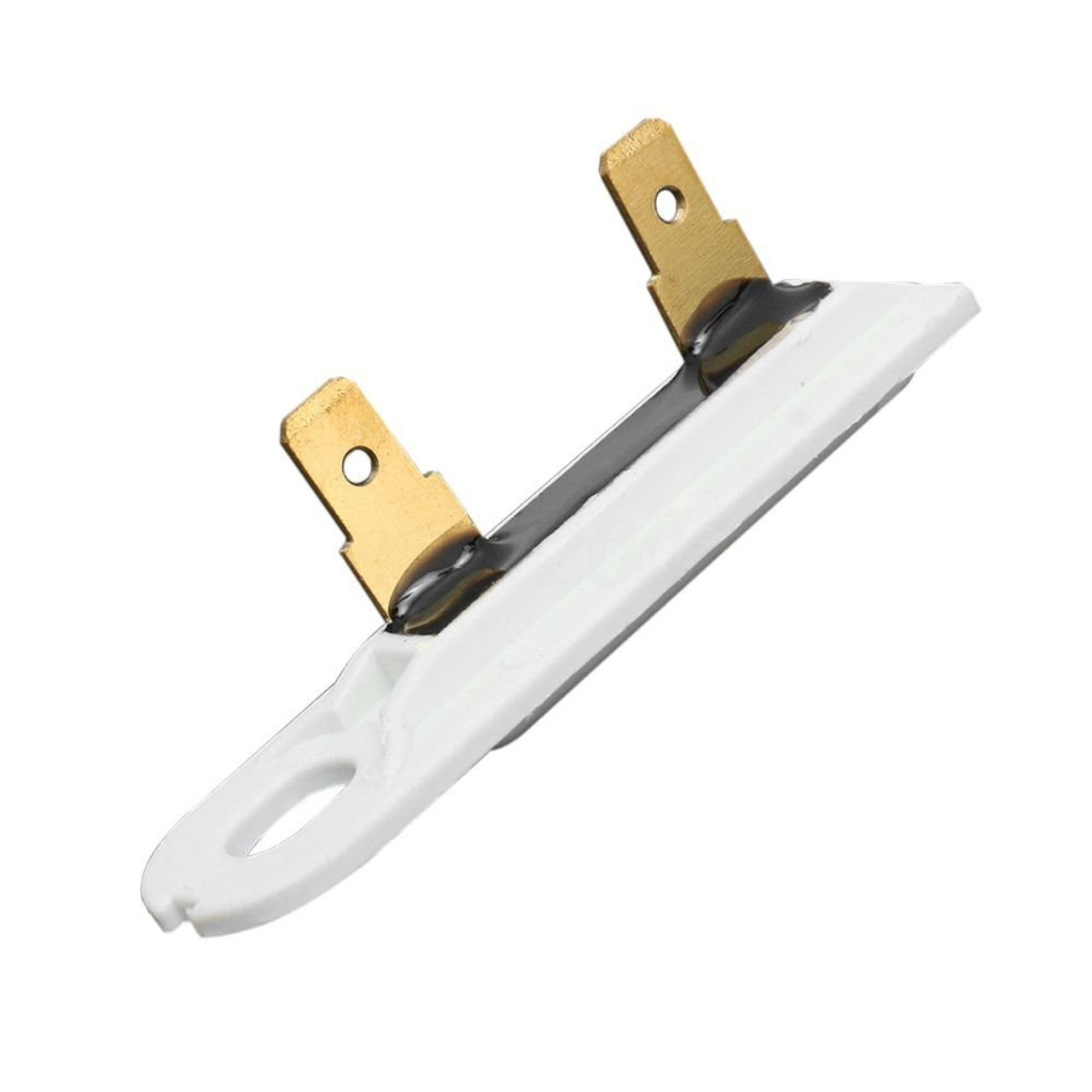
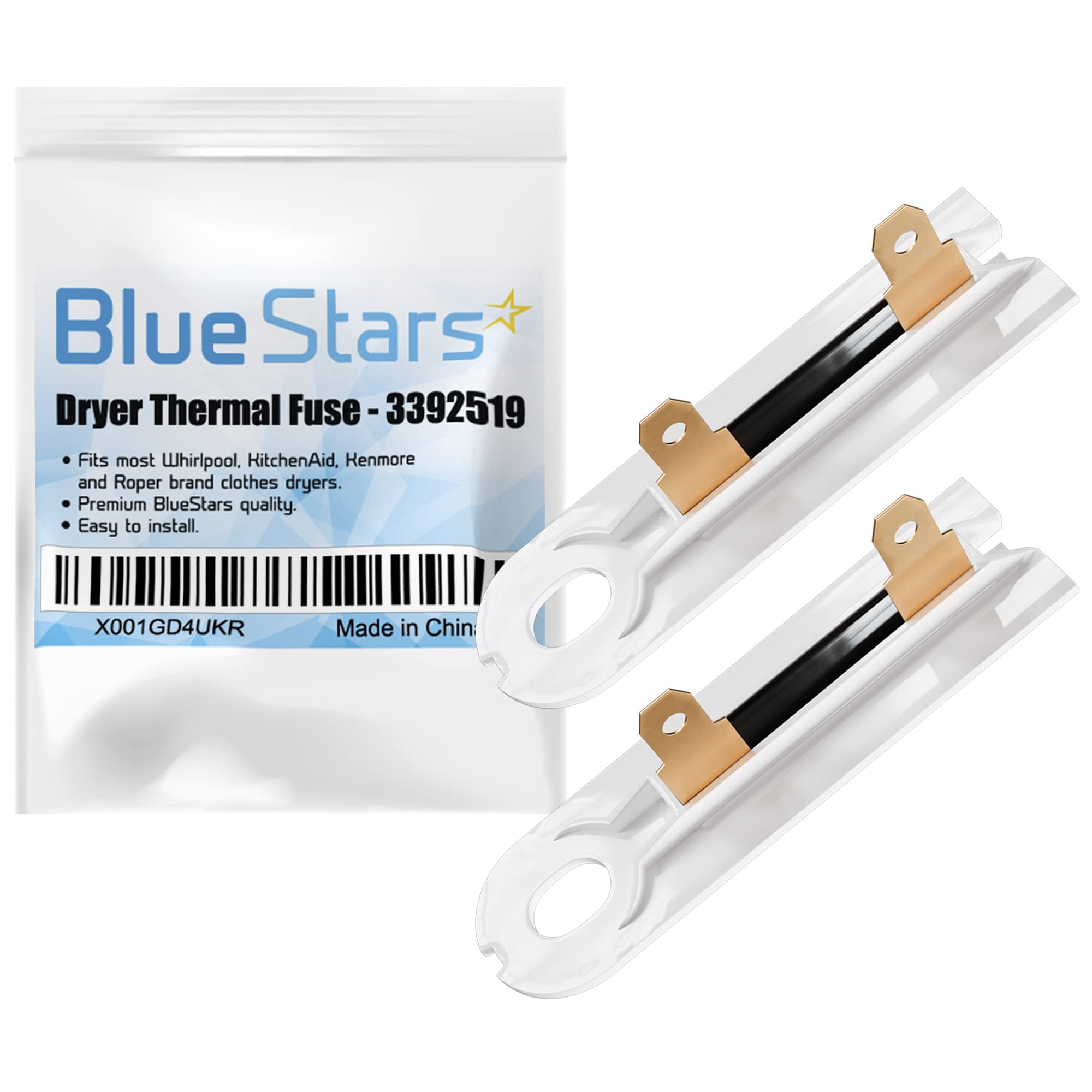
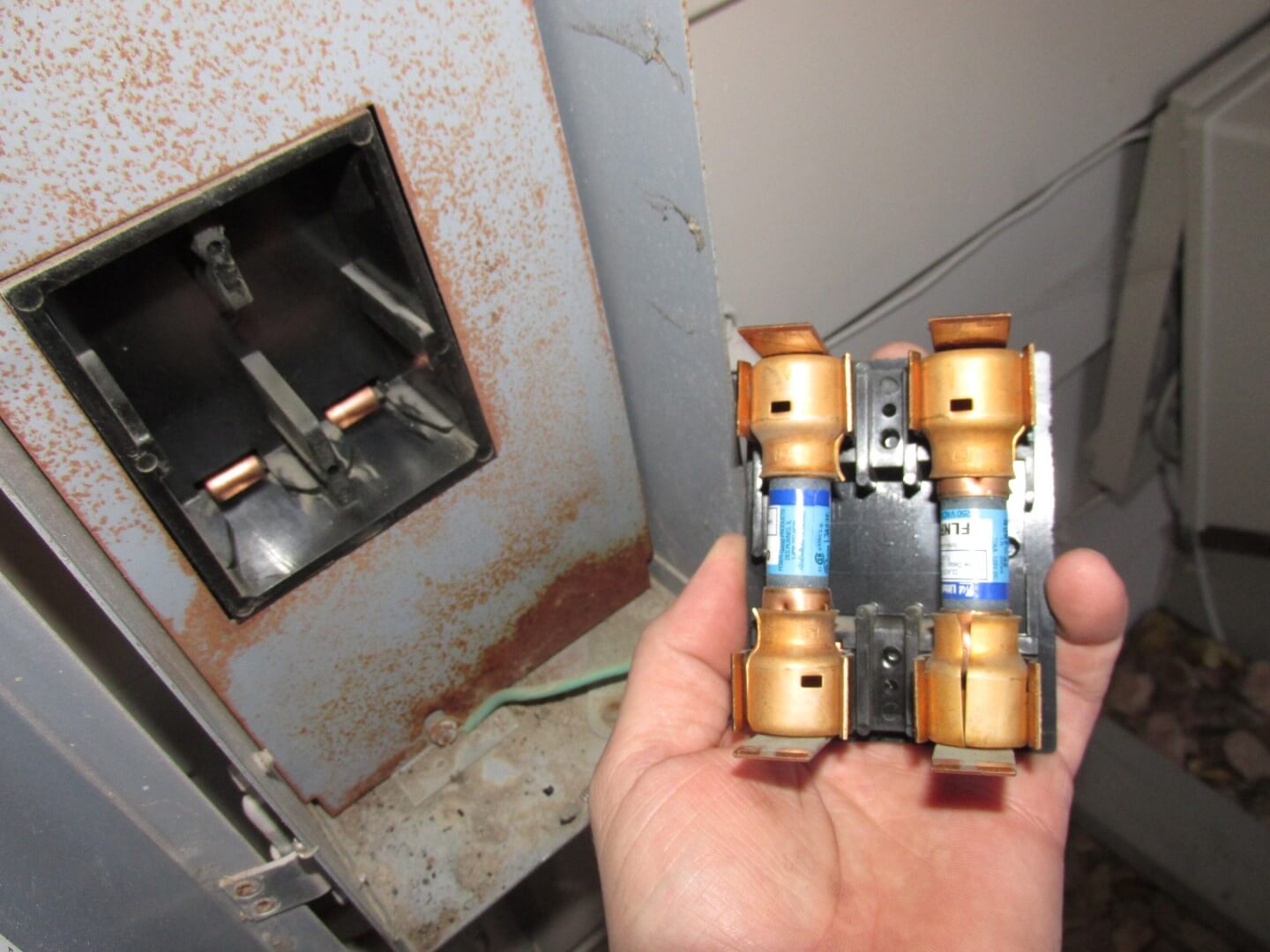
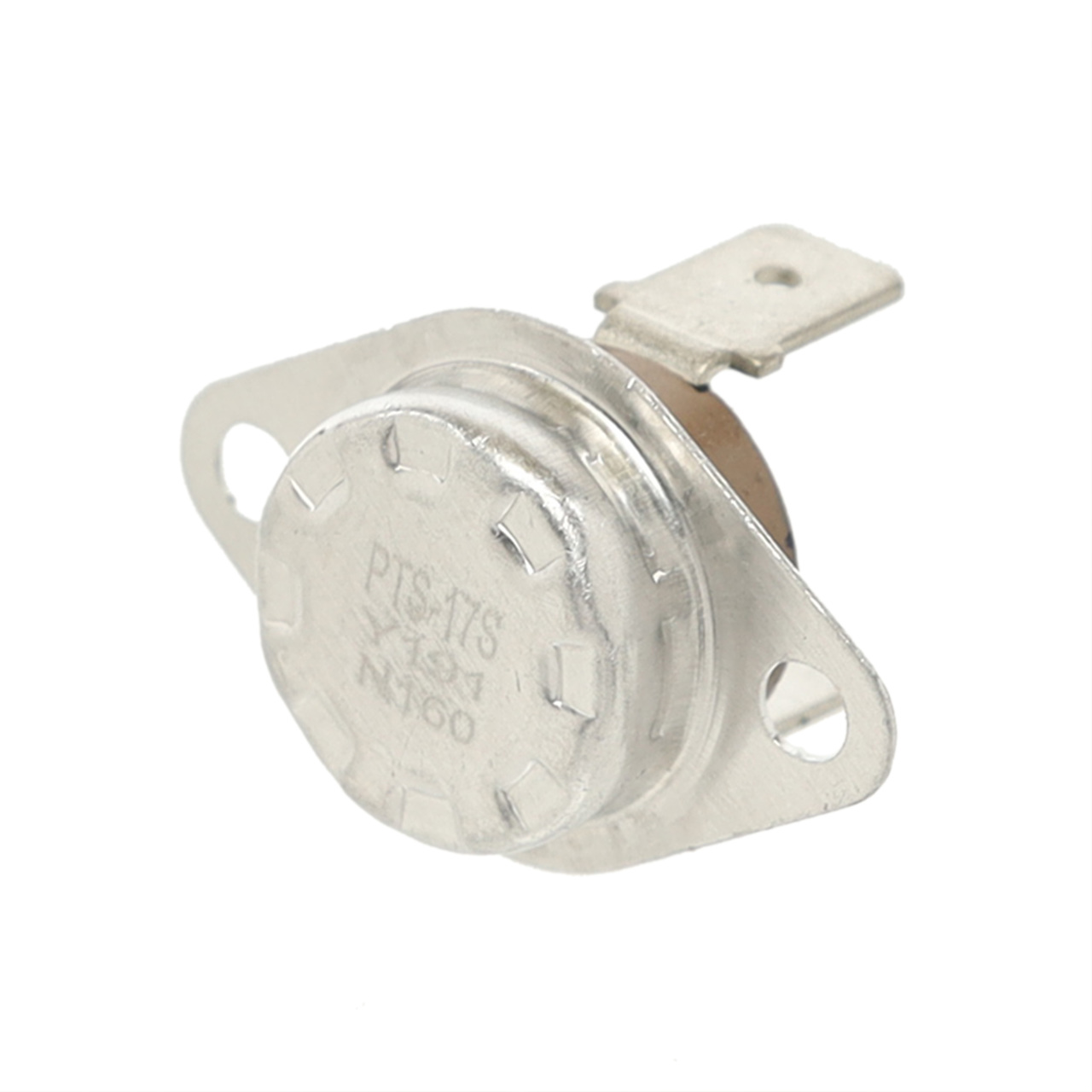
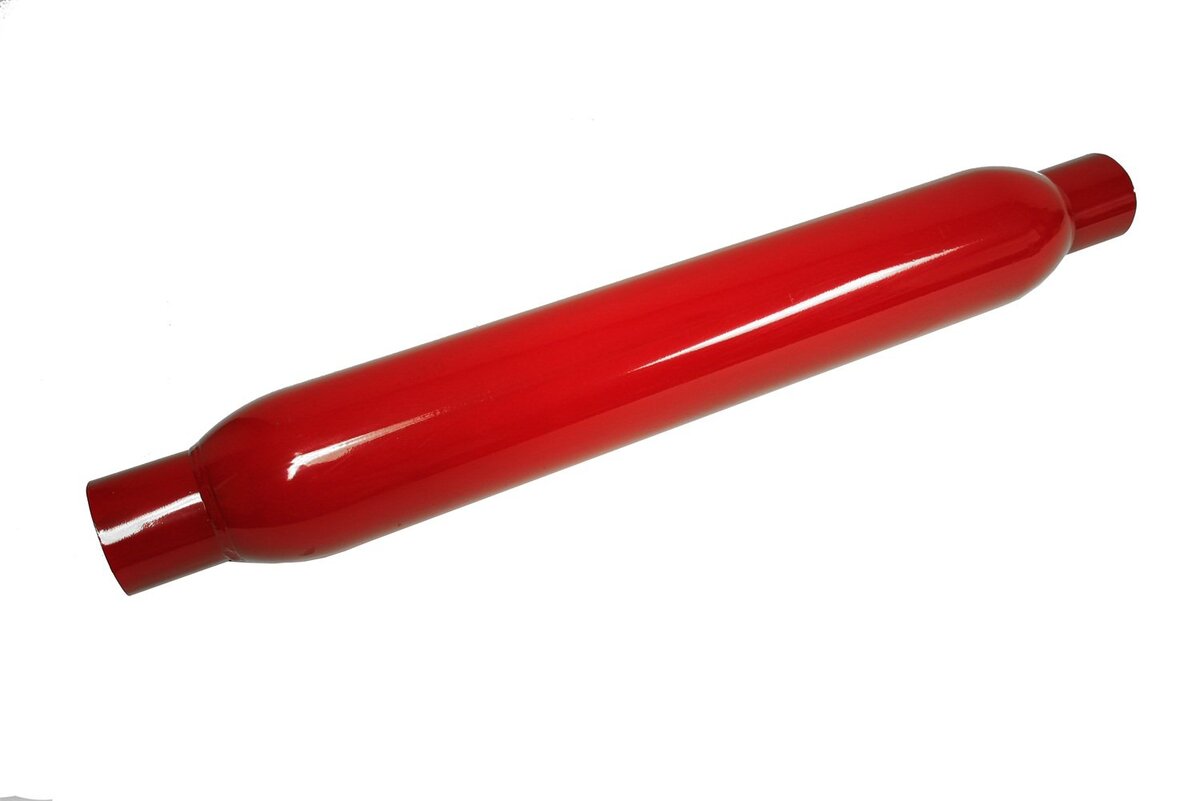

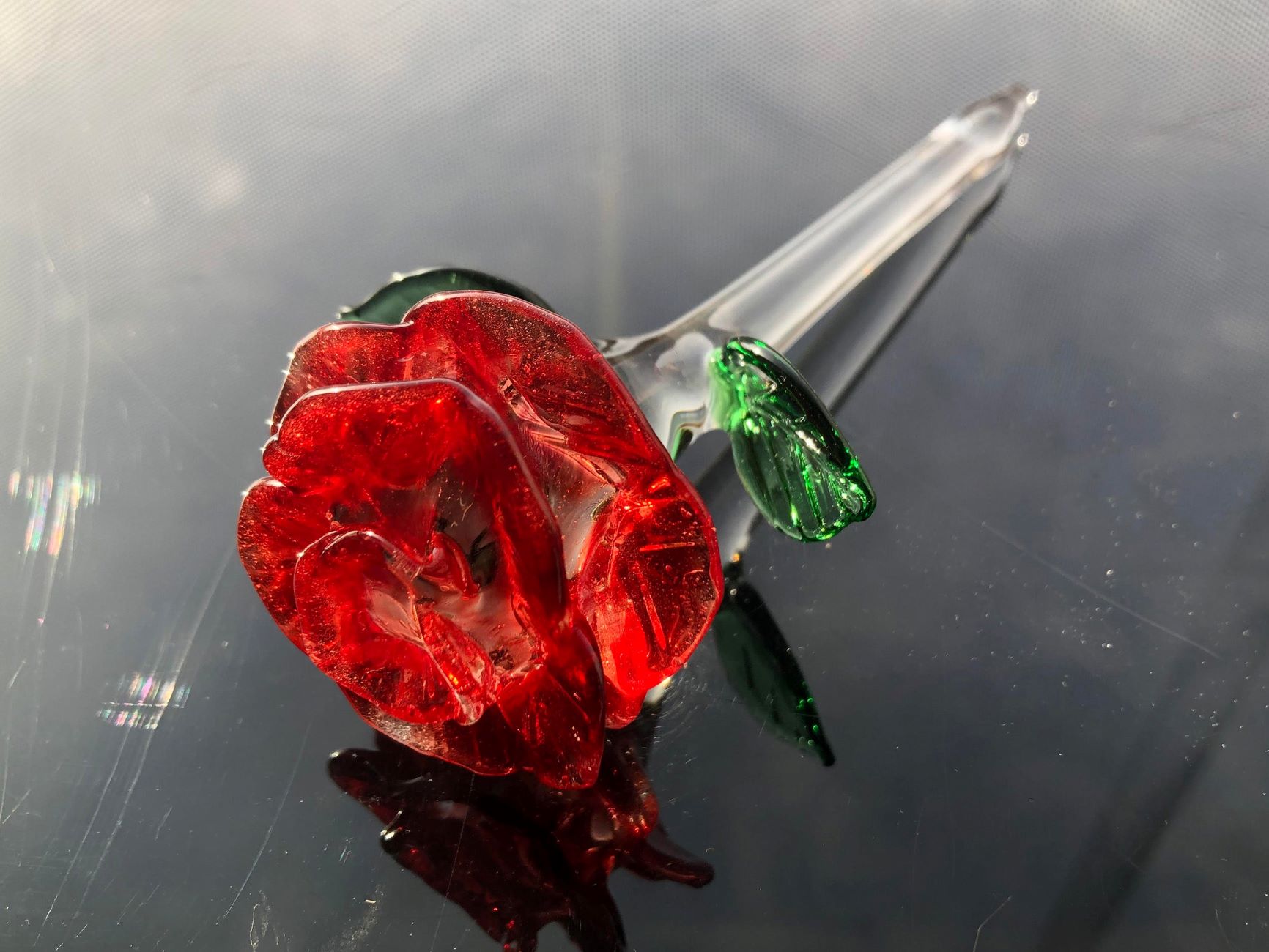
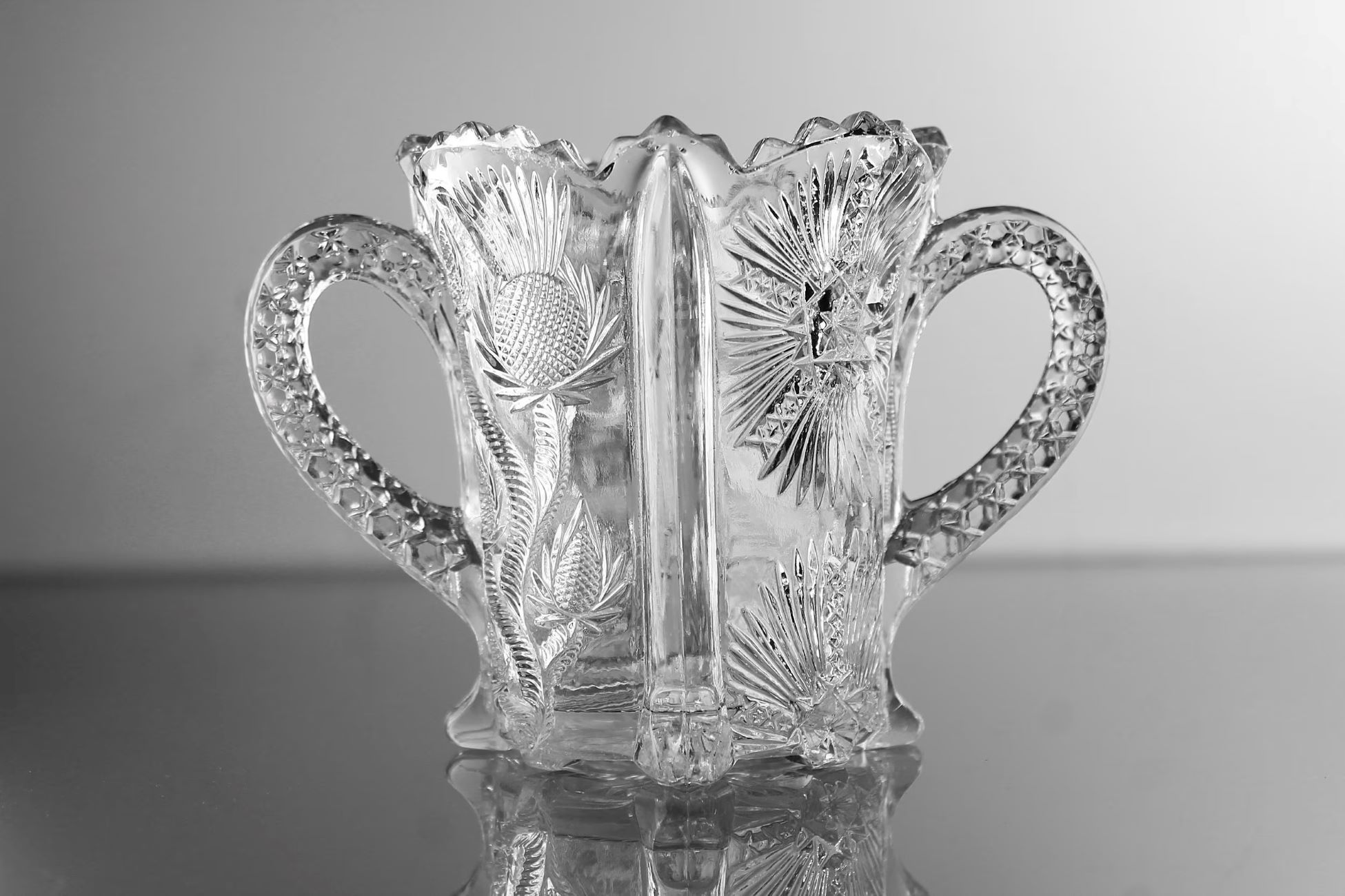

0 thoughts on “What Is Glass Fusing”